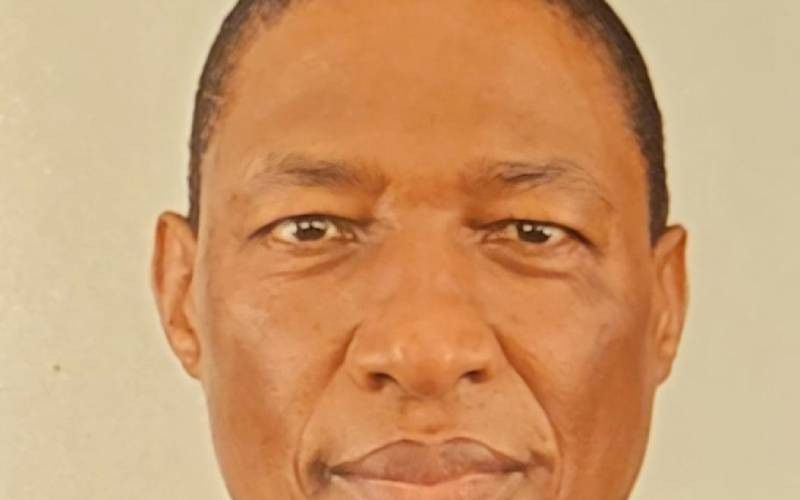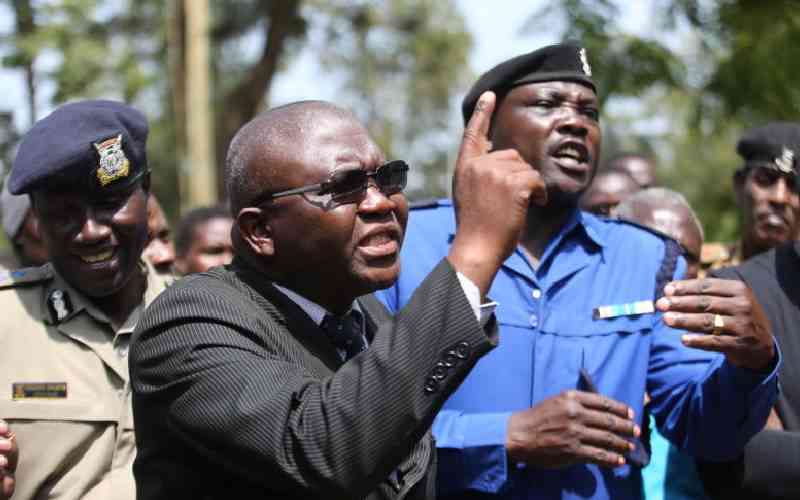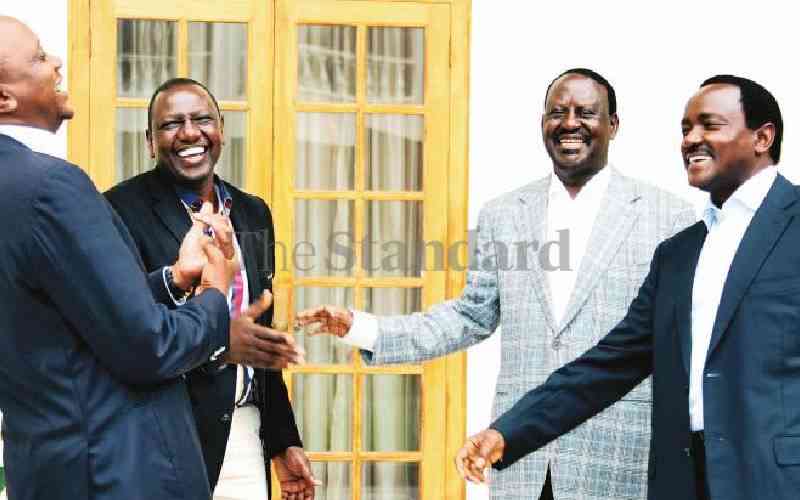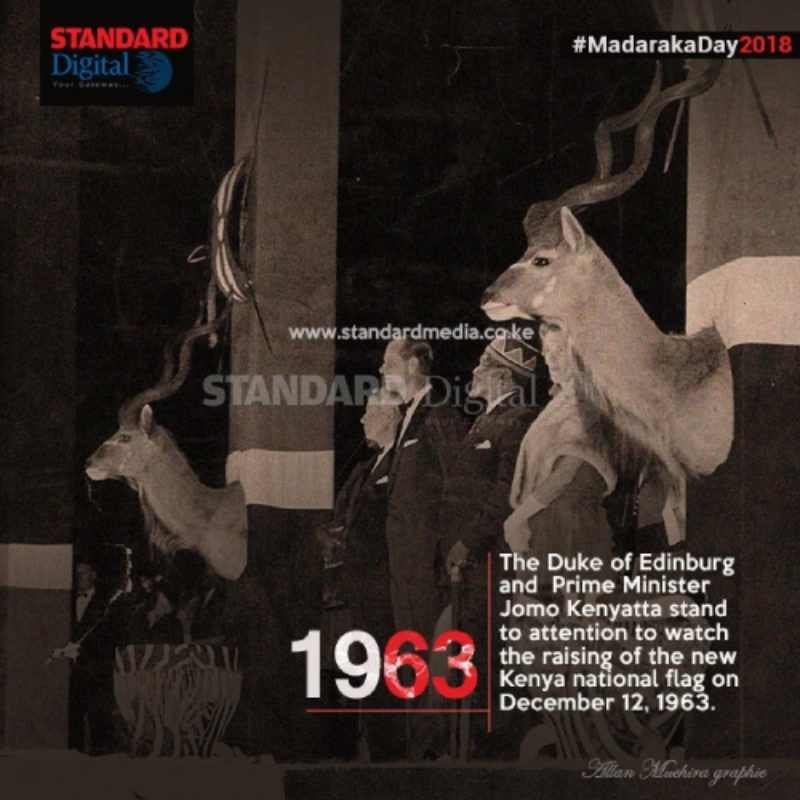
There’s been confusion across the country over references to Sunday’s event at Uhuru Gardens- Jamhuri celebrations. Some have referred to it as the 57th Jamhuri day celebrations while others called it the 58th.
We take a historical journey with the help of photographs pulled out from our archives and used to capture our political past.
The true state of affairs is that the country on Sunday celebrated 57 years of attaining the status of a Republic – a country governed by a president.
Here is why.
When you talk about the formation of post-colonial Kenya under African leadership, three dates are most important; June 1, 1963, December 12, 1963, and December 12, 1964.
That is because following a successful first Lancaster House Conference in January 1960, where the colonial government opened space for ‘’the natives’’ to begin discussions on how to govern themselves, the representatives of the ‘’native Kenyans’’ returned to Kenya and began to look for ways of having political parties that would be vehicles that would lead them to independence.

The colonial government, during the state of emergency, had banned the most popular political formation then, the Kenya African Union and allowed only regional parties that represented ethnic interests.
KAU was founded in 1944 as Kenya African Study Union. The “Union” was dropped in 1947 when Jomo Kenyatta joined the party and became its leader.
And so after the first Lancaster Conference, politicians scratched their heads looking for a new outfit that would have a national outlook.
The colonial government, however, did not want anything to do with KAU, especially after the leading lights at the time thought of reviving the party.
‘’The registrar at the time told them that KAU would not be registered,’’ says historian Prof Macharia Munene.
“But one of his officials advised the team that they could run away with a similar name if they inserted the letter N between A and U- which would now be KA-N-U.’’
And so in May 1960 at a meeting at Kirigiti Stadium in Kiambu, Kanu was launched. The leaders were Jomo Kenyatta, who was elected in absentia and James Gichuru had to hold the fort for him, the deputy leader was Jaramogi Oginga Odinga while Tom Mboya was the Secretary-General.
Stay informed. Subscribe to our newsletter
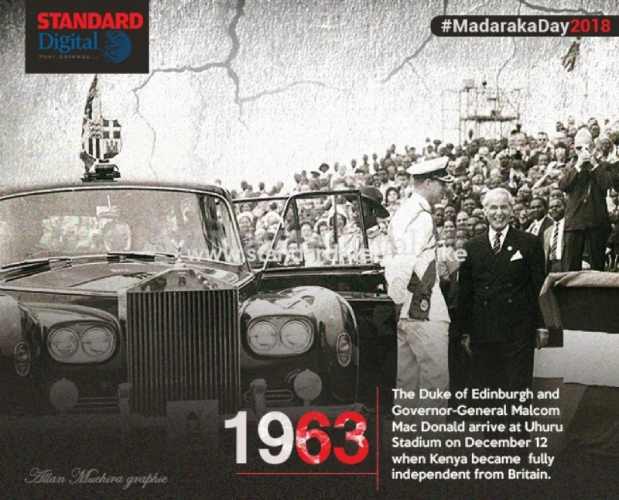
Soon after that, murmurs began to sweep across political circles that smaller tribes would be dominated by the bigger ones.
The argument was that the smaller ethnic communities needed to come up with their party- a party that would represent their interests.
The big tribes at that time were the Kikuyu and the Luo. Therefore, the leaders of the smaller tribes pulled out of Kanu and organised themselves into a new formation that they called Kenya African Democratic Union-KADU, which was launched soon after Kanu.
The leaders were registered as Ronald Ngala- Party Leader, who represented the coastal tribes, Masinde Muliro – Secretary-General who represented the Luhya tribe with its many subtribes.
The Luhya had earlier on refused to align themselves with the Luo and pressured the colonial government to allocate them a different province north of Nyanza (it was called Western).
Daniel Arap Moi became Treasurer who represented the Rift Valley tribes
It is however interesting to note that the idea of crafting a party for the small tribes came from the settlers.
‘’It was the settlers who planted that idea into the team that formed KADU,” says Prof Munene.
“They were afraid that the forthcoming new African leadership may not be representative of them. They came together and considered themselves a small tribe. And that they needed a political vehicle. They, therefore, persuaded Ngala, Moi and Muliro to form a new party.”
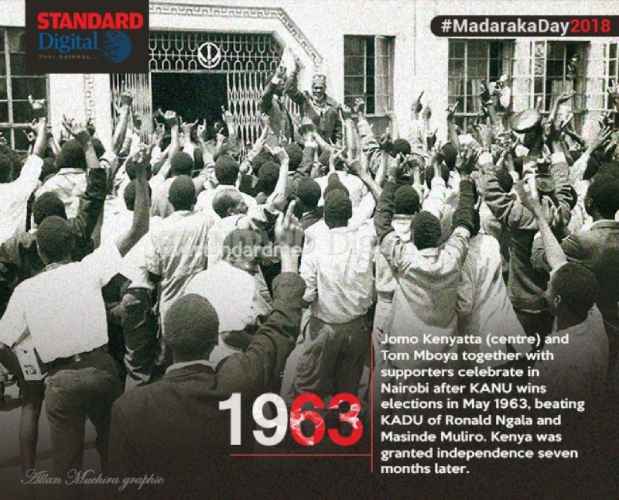
Now that the country had two major political vehicles, the date of the first election was set between May 18 and 26, 1963.
The offices up for grabs were those of the House of Representatives and Senators. Since the Lancaster Constitution had a bicameral parliamentary structure.
During campaigns, Kanu pushed the idea of a unitary state with one government where its regions would remain as provinces administered from Nairobi.
KADU, on the other hand, pushed for a majimbo (sort of federal system).
In the 1963 elections, Kanu won with an overwhelming majority.
The colonial government asked Kenyatta to form a government. And so that led to internal self-rule.
The first important date in the post-colonial calendar now became the day Kenya got internal self-rule on June 1 1963, some four or five days after Kanu’s overwhelming victory at the election.

In line with the Lancaster Constitution Governor Sir Malcolm Macdonald appointed Kenyatta as Prime Minister. So, June 1, 1963, became the date that Kenyans began to rule themselves internally (Madaraka)
‘’He was sworn in at a ceremony at Harambee House and appointed a cabinet that he led. It was more of an internship because for the next six months he reported to Governor Malcolm Macdonald,” says Prof Munene of Kenyatta.
The governor was, of course, a representative of the Queen who remained the Head of State.
For the six months, Kenyatta’s government did not have a flag or a national anthem.
The national symbols remained those of the United Kingdom- the flag and the national anthem. As the new Prime Minister Kenyatta led a government that ran internal affairs.
And so two things happened between June 1963 and December that year. The third and final Lancaster Conference was held in September of that year.
And then the Privy Council of the United Kingdom – the highest decision making organ that advises the Monarch, passed Kenya Independence Order in Council which was to take effect on December 12, 1963.
It was to be laid before parliament on December 5, with a determination that it takes effect before December 12.
That allowed Prime Minister Jomo Kenyatta’s government to fine-tune work on national symbols which were the flag and a national anthem that would be unveiled at the official ceremony of Independence on December 12, 1963.
The ceremony happened at Uhuru Gardens. A representative of the Queen Prince Phillip the Duke of Edinburgh (the Queen’s husband) handed over the tools of power to Kenyatta.
The United Kingdom flag- the Union Jack came down and the Kenyan flag was hoisted.
Kenya now became a dominion of the United Kingdom as is Canada, Australia and New Zealand.
After December 12, 1963, the Queen continued to be the head of state but her representative now operated under a different title.
He was now called Governor-General Malcolm Macdonald.
Between December 12, 1963, to the same date 1964 Kenyatta’s new government, running as a dominion of the United Kingdom looked for means and ways to become a republic – a country that is governed by a President.
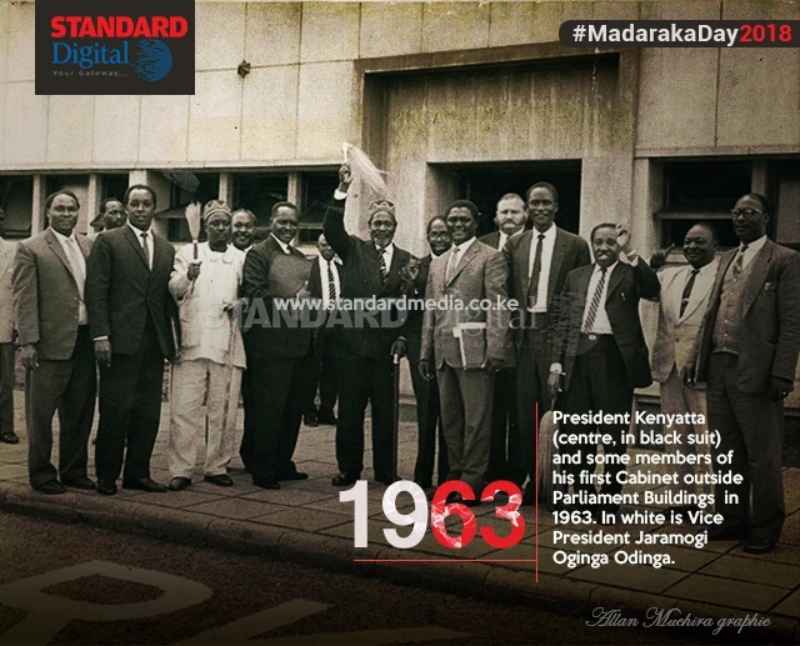
The Lancaster constitution, which had given the country internal self-rule, was therefore amended two times.
Amended were sections that provided for the position of Prime Minister and sections on a bicameral parliament.
The Senate was abolished progressively, the semi devolved governance structure was also abolished.
By December 1964, the country now had the 1964 Constitution that created a powerful president.
It had done away with a four-tier court structure that had a Supreme court and settled on a Court of Appeal as the final arbiter. It also abolished the office of the Governor-General.
And so come December 12 another ceremony similar to the one held in 1963 was organised at Uhuru Gardens where Prime Minister Kenyatta was now declared President.
The former Governor-General chose to remain as the High Commissioner of the United Kingdom to the Republic of Kenya.
Therefore, on Sunday Kenya celebrated 57 years after attaining the status of a Republic. On June 1 2021 the country celebrated 58 years after attaining internal self-rule.
 The Standard Group Plc is a
multi-media organization with investments in media platforms spanning newspaper
print operations, television, radio broadcasting, digital and online services. The
Standard Group is recognized as a leading multi-media house in Kenya with a key
influence in matters of national and international interest.
The Standard Group Plc is a
multi-media organization with investments in media platforms spanning newspaper
print operations, television, radio broadcasting, digital and online services. The
Standard Group is recognized as a leading multi-media house in Kenya with a key
influence in matters of national and international interest.
 The Standard Group Plc is a
multi-media organization with investments in media platforms spanning newspaper
print operations, television, radio broadcasting, digital and online services. The
Standard Group is recognized as a leading multi-media house in Kenya with a key
influence in matters of national and international interest.
The Standard Group Plc is a
multi-media organization with investments in media platforms spanning newspaper
print operations, television, radio broadcasting, digital and online services. The
Standard Group is recognized as a leading multi-media house in Kenya with a key
influence in matters of national and international interest.


